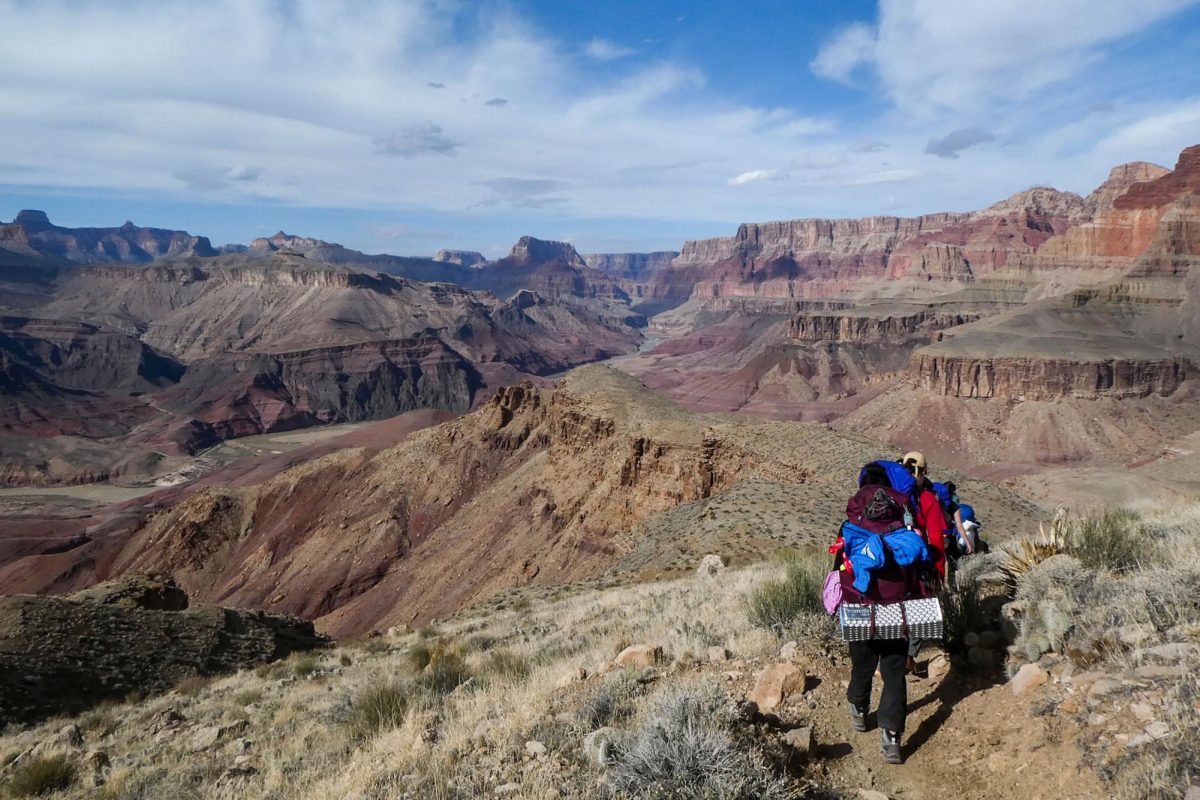Pentagon spokeswoman Torie Clark and New York Times White House Correspondent David Sanger headlined a discussion on the media’s coverage of the war Monday at the GW-sponsored Kalb Report.
About 350 people, including many students, packed the National Press Club for the event, “The War in Iraq: Journalism’s Role and Responsibilities.” Bill Plante of CBS News and media analyst Tom Wolzien joined Clark and Sanger. Veteran journalist Marvin Kalb moderated the forum.
Panelists addressed issues ranging from Clear Channel Communication’s boycott of the Dixie Chicks for expressing anti-war sentiment abroad to the embedding of journalists in military units in Iraq.
“Having people as close as possible is going to give you the most real, most genuine look at what’s going on,” said Clarke, assistant secretary of defense for public affairs and class of 1982 GW alumna.
Providing as much information as possible is the “best way to maintain public support over the long haul,” she said, because the coverage can “contrast how we treat people versus how the Iraqi regime treats people.”
Plante cautioned that the government might not continue to have such a favorable attitude toward the embedded reporters if they report that a “terrible mistake is made, a stupid order is given,” which Plante said happened often in Vietnam.
“I don’t think (embedding journalists) has been put to the test just yet,” Plante said.
He also expressed concern that “we’ll get to the whole Stockholm syndrome business,” when journalists’ emotional attachments to their units begin to affect their reporting.
Sanger said while the limited perspective embedded reporters offer is “particularly fascinating,” it is important to provide an overview of the entire conflict with a combination of reports from embedded, independent and home front journalists.
“The trick for us is to keep the mix right,” Sanger said.
Clark, a key figure in the development of the embedment policy, said the decision was made to include journalists in military units because they were learning the lessons from previous conflicts.
“The best way to maintain public support over the long haul is to provide information,” said Clark, noting that embedded journalists can also be used to prove if Iraqi President Saddam Hussein is using Iraqi civilians as human shields during battle.
While the panel generally agreed that the journalists’ close access to the ongoing invasion of Iraq is a good thing, Wolzien was careful to point out that embedded journalists only see “anecdotal pieces” of the war. He said journalists are unable to put what they are seeing into the proper context for the audience.
When an audience member later suggested the U.S. media weren’t adversarial enough, several others in the audience cheered exuberantly. Plante responded saying the media in America “doesn’t do enough to advance understanding of other cultures.”
Students are given free access to all Kalb Reports because the University hosts the events in conjunction with the National Press Club and Harvard University’s Shorenstein Center for the Press, Politics and Public Policy.







